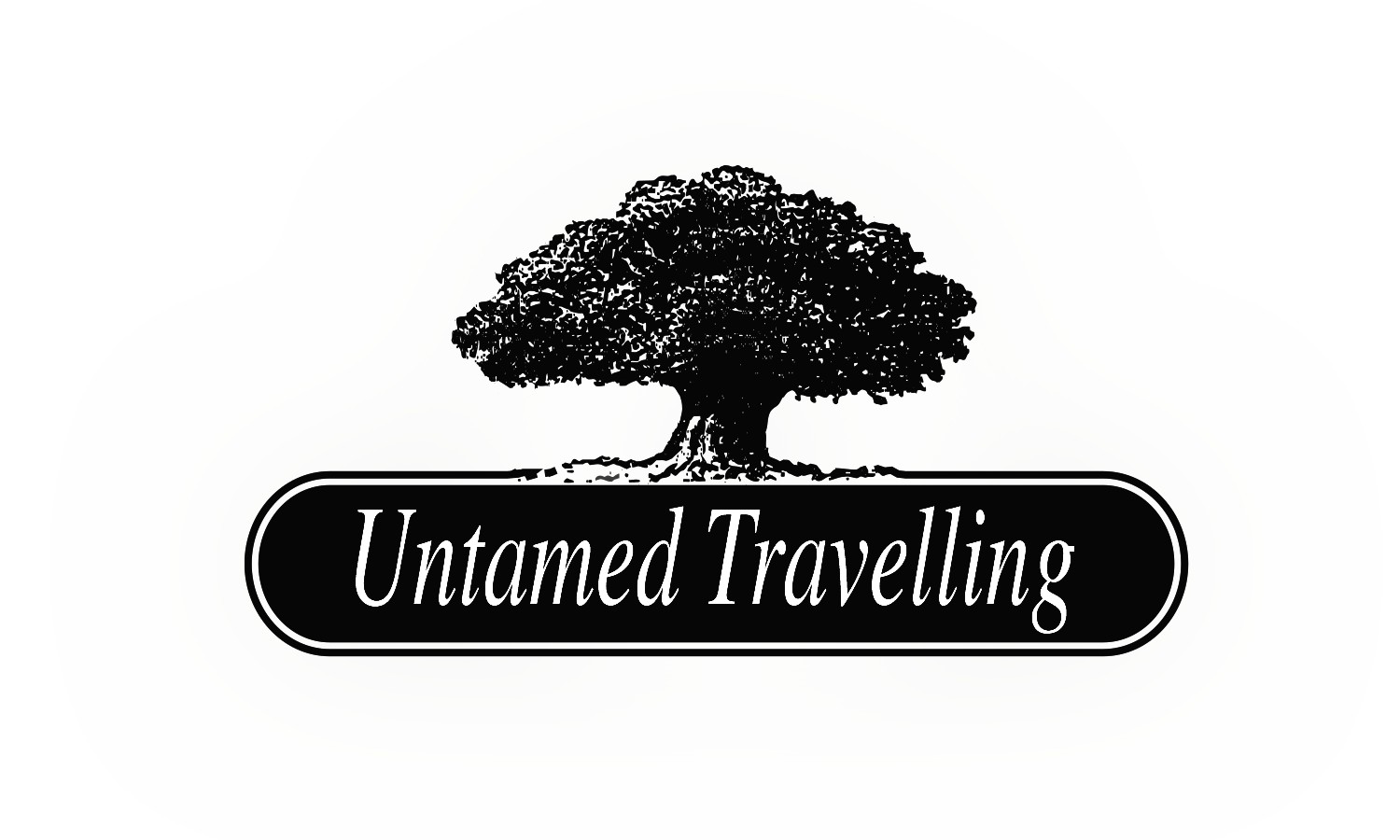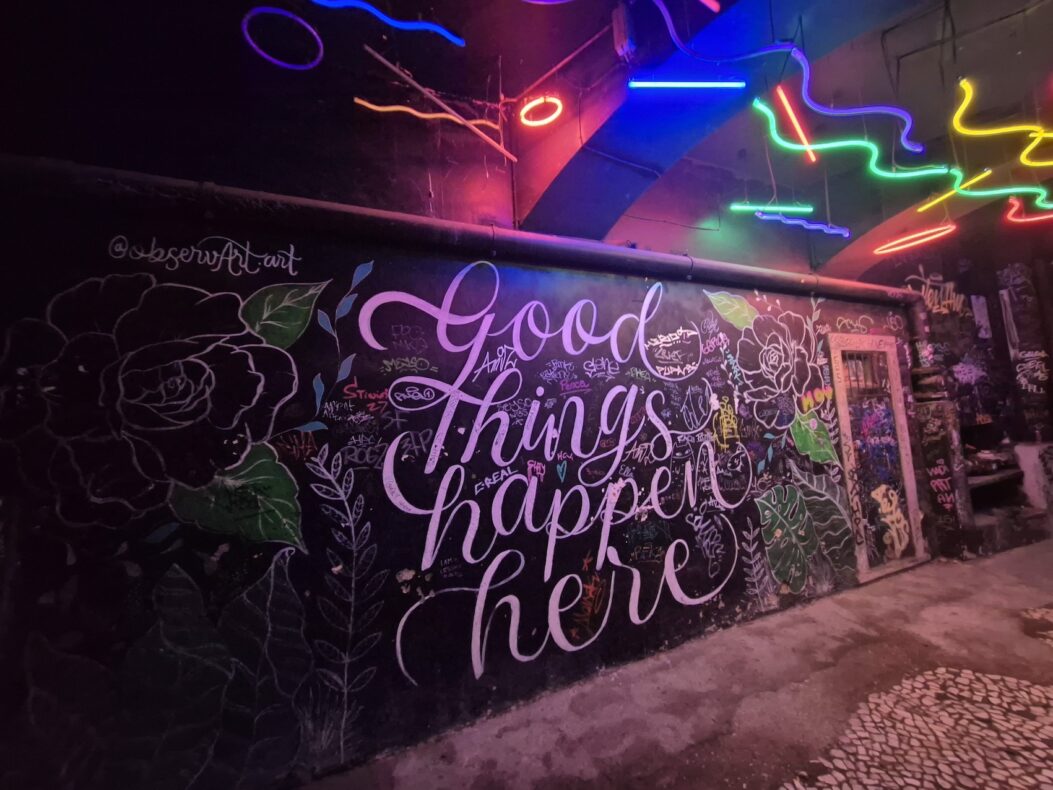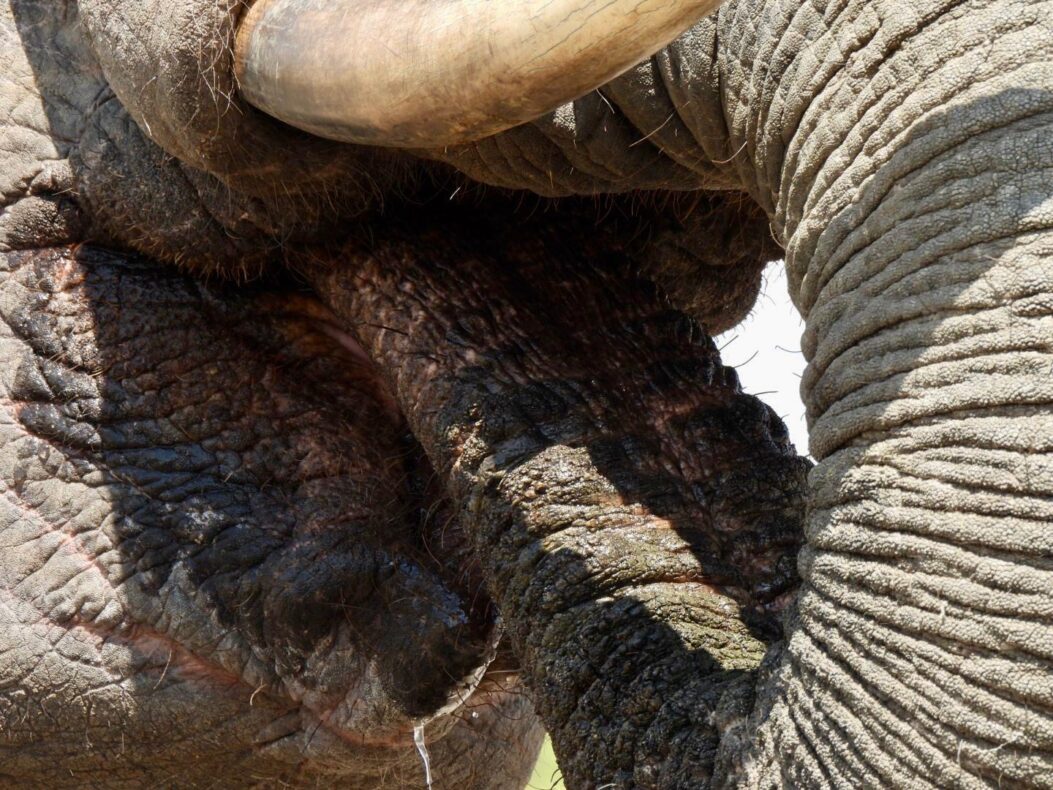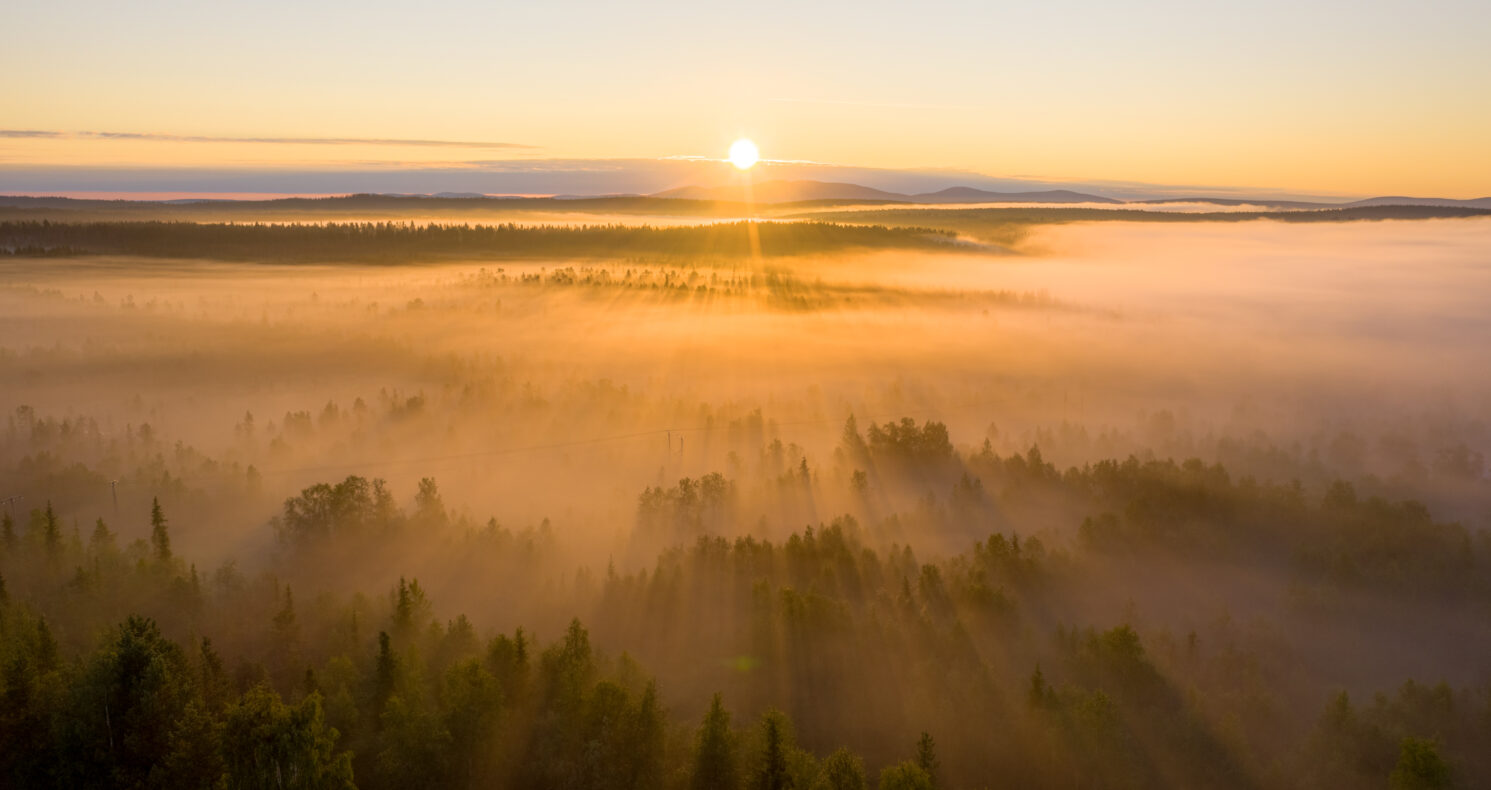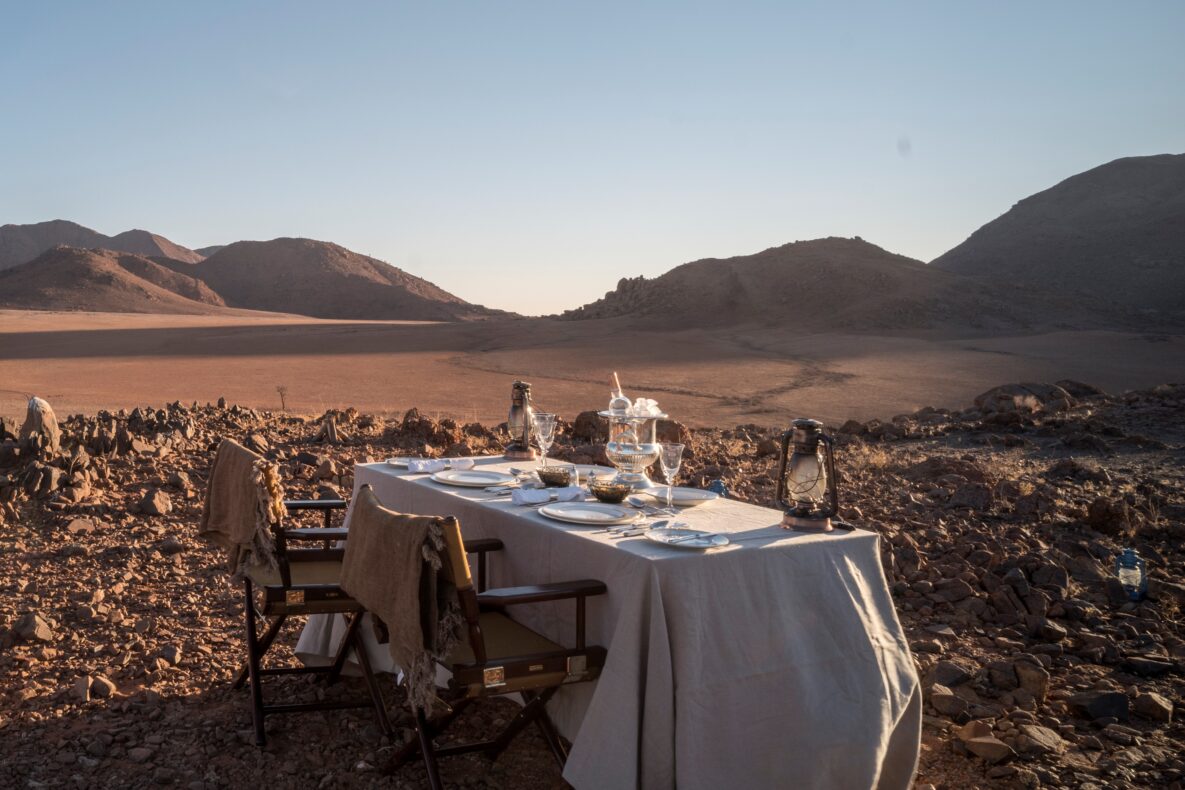1. Kwanza River, Africa
The Kwanza River winds through the heart of Angola, stretching nearly 1,000 kilometers, completely within one country. Its banks are rich in birds and fish, while villages have lived off the water for generations. Large dams convert the flowing water into electricity for the capital, Luanda. The river is one of Africa’s longest rivers and shows how water shapes the landscape.

2. Congo River, Africa
The Congo is the second longest river in Africa and the deepest in the world. After the Amazon, the river carries the largest amount of water. The river flows in a wide, winding course through dense rainforest and deep valleys. With numerous tributaries branching the basin, the Congo forms a complex network of waterways. Living in the river and along its banks include crocodiles, hippos and colorful bird species that bring the rainforest to life.

3. Zambezi River, Africa
The Zambezi meanders through Zambia, Angola, Namibia, Botswana, Zimbabwe and Mozambique and is known for its varied character. Wide, calm waters alternate with powerful rapids and vast swamps, while the river winds its way through savannahs and reed beds. Typical of the Zambezi are elephants parading along its banks and hippos often seen in the river, giving the landscape a unique wilderness character.

4. Barito River, Asia
The Barito River flows deep through the heart of Borneo, snaking between vast rainforests and verdant shores. From the interior, the water moves slowly toward the coast, with wide bends and branches following one another. Along the river live colorful birds, over the banks migrate wild animals and through the water swim exotic fish. The Barito shows how tropical nature remains pristine in Borneo and invites you to discover the rhythm of the river.

5. Zanskar River, Asia
Hidden high in the Himalayas, the Zanskar flows through deep, narrow gorges and along steep rock faces. In winter, much of the river freezes, creating the famous Chadar Trekking Trail: a narrow path over ice that leads straight through the mountain country. Here the river changes from a fast-flowing mountain stream to a frozen trail that can only be explored on foot, revealing a landscape that is wild, isolated and breathtaking.

6. Sepik River, Asia
The Sepik winds through dense rainforest and vast wetlands. Its dark waters meander slowly through bends and branches, while reed beds and floodplains form a network of hidden waterways. Colorful birds and unusual fish can be found along the banks. Cruising the Sepik provides an insight into a culture still closely tied to the river and a landscape that has developed uniquely around the water.

7. Vjosa River, Europe
The Vjosa is one of the few rivers in Europe that still flows completely freely through the landscape. The river meanders through wide valleys, forming bends, sandbanks and flood plains, which constantly change shape. Along its banks, everything is untouched and alive, with birds flying over the water and reeds swaying with the wind. Cruising the Vjosa is a rare adventure where you can experience the freedom of a truly wild European river.

8. Yukon River, North America
The Yukon River winds through vast forests, high mountain ranges and quiet lakes, forming a landscape that is both raw and breathtaking. Along its banks live bears, moose and swimming salmon, while abandoned gold mining camps recall the legendary gold rush of the 19th century. Showing how water has shaped the landscape and influenced human history for centuries, the river invites you to explore one of North America’s most iconic wildernesses.

9. Suriname River, South America
The Suriname River meanders slowly through vast rainforests and wetlands, with wide bends and sandbars visible at low tide. Remote stretches remain virtually untouched, making the landscape feel like pure wilderness. Along the banks, tropical fish dive among reed beds and overhanging trees, while old plantations recall the colonial past. Thus, the Suriname River combines a unique tropical ecosystem with traces of human history.

10. Whanganui River, Oceania
The Whanganui River is considered a living being by the Maori, flowing through green valleys, dense forests and along winding banks. To the Maori, the river is sacred; the water is seen as an ancestor and source of life, expressing the deep connection between man and nature. Along the banks live birds, fish and other animals while the river shapes the landscape and reveals the close relationship between nature and culture.

Travel proposal
We are happy to help you put together your dream trip. Based on your wishes, our regional specialist will put together a tailor-made trip for you. A travel proposal with highlights you have chosen, the type of accommodation that suits you and the length of travel you wish for. Please contact us without any obligation. We are happy to advise you!
